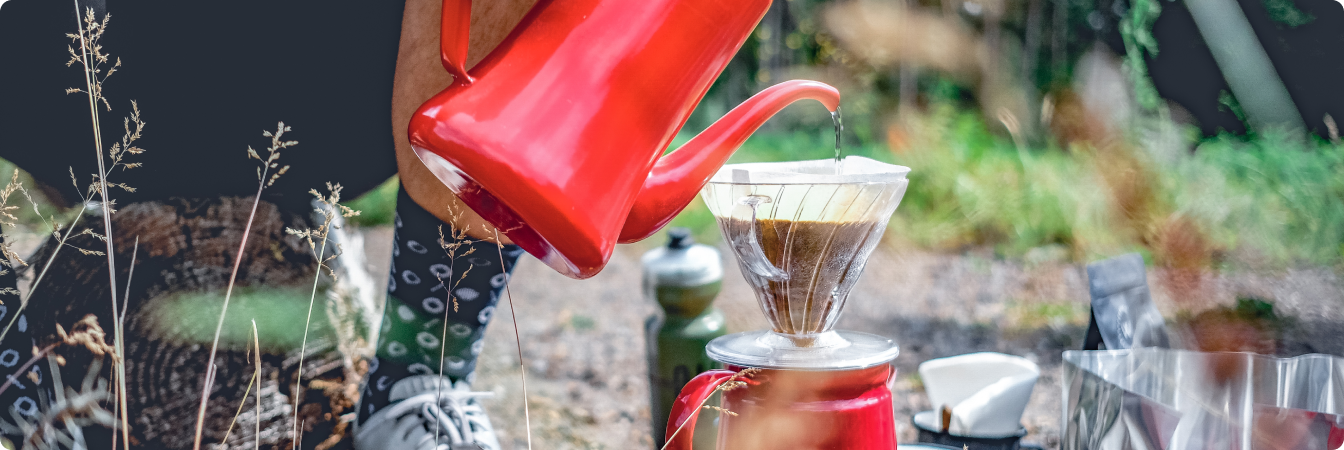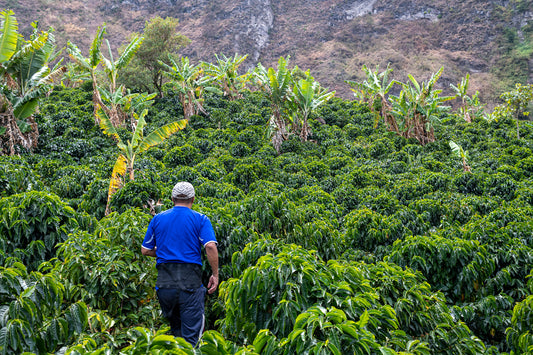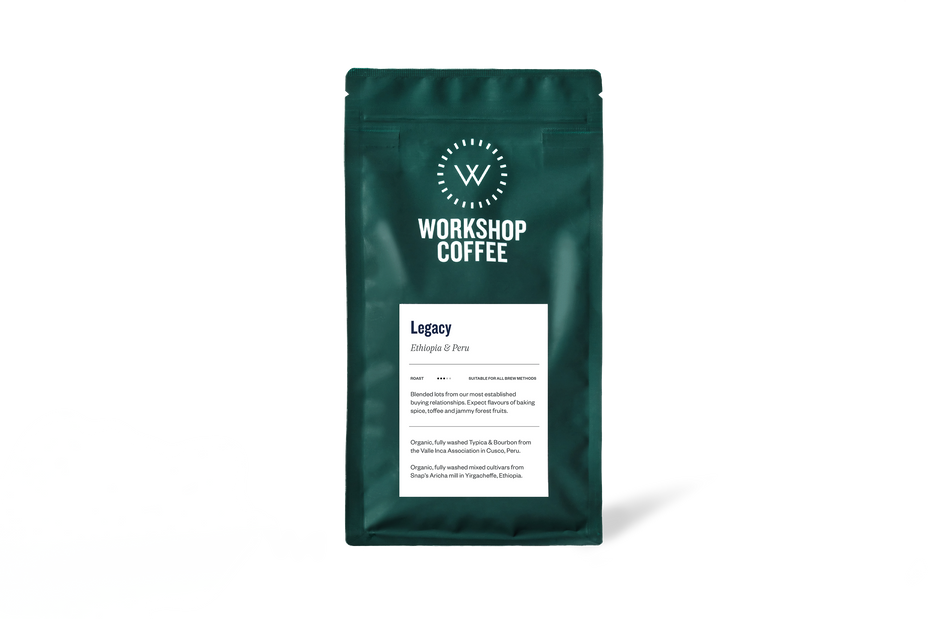Energising encounters
Stories that fuel our community.


Notes from Origin: Colombia, September 2019
People should enjoy coffee with friends. At Workshop, we always take a moment together to appreciate coffee grown halfway around the world by the producers we work with; made all the...
Notes from Origin: Colombia, September 2019
People should enjoy coffee with friends. At Workshop, we always take a moment together to appreciate coffee grown halfway around the world by the producers we work with; made all the...
Read more
Read more
Fresh Crops: Four from Colombia
Regardless of the earlier glories of a particular coffee, if the green coffee itself is past-crop, so from a previous harvest and generally a year or so off the tree, nothing will...
Fresh Crops: Four from Colombia
Regardless of the earlier glories of a particular coffee, if the green coffee itself is past-crop, so from a previous harvest and generally a year or so off the tree, nothing will...
Read more
Sourcing: Huila, Colombia
I still haven’t made it South of the Equator in my life but I got pretty close this time. A trip to the Huila region of Colombia for two weeks, organised by...
Sourcing: Huila, Colombia
I still haven’t made it South of the Equator in my life but I got pretty close this time. A trip to the Huila region of Colombia for two weeks, organised by...
Read more
Untapped potential
Have you tried:
Untapped potential
Have you tried:

Subscribe to our newsletter
More energising updates
Join our collaborative coffee community and enjoy important news and exclusive offers.




